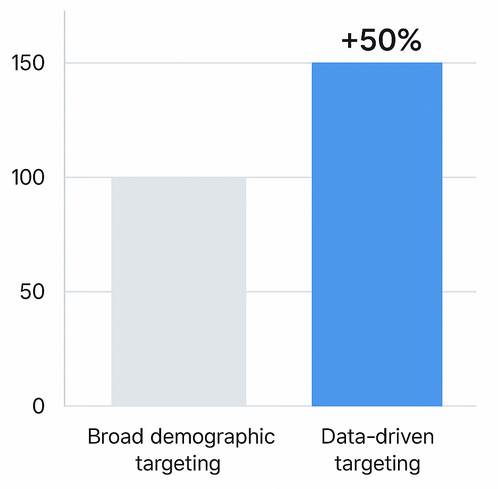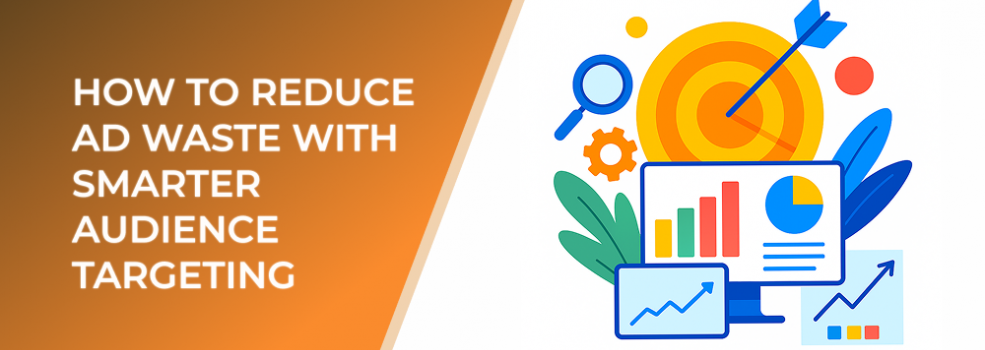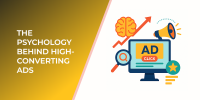This article breaks down practical steps to make your campaigns more precise and effective.
Every marketer knows the pain of wasted ad spend. You pour money into campaigns, but only a fraction of your audience engages—or worse, many never see your ads at all. The key to solving this lies in smarter audience targeting: identifying exactly who your best customers are and reaching them with precision.
According to a 2024 survey by HubSpot, 43% of marketers say inaccurate targeting is their biggest challenge in paid advertising. Yet, with the right approach, you can minimize ad waste, boost conversions, and make every dollar count.
1. Start with Data-Driven Insights
The foundation of efficient ad targeting is reliable data. By analyzing audience demographics, interests, and behavior, you can eliminate guesswork and focus on users most likely to engage.

Impact of data-driven targeting versus broad demographic targeting (up to +50 % ROI)
Statistic: A study by eMarketer found that brands using data-driven targeting achieve up to 50% higher ROI compared to those relying on broad demographic targeting.
Use tools that allow you to segment audiences based on real behaviors and affinities rather than assumptions. Regularly updating your audience profiles ensures your campaigns stay aligned with actual user trends.
2. Segment and Personalize Campaigns
Not all audiences respond to the same message. Splitting your audience into smaller, behavior-based segments lets you personalize ad creatives and messaging for higher engagement.
For example, an online retailer could segment users into groups such as:
-
Returning customers who have previously purchased.
-
Cart abandoners who showed intent but didn’t complete checkout.
-
New visitors who have never interacted before.

Effect of personalised campaign targeting: 30% acquisition cost and improved conversions
Statistic: According to Salesforce, personalized campaigns can reduce customer acquisition costs by 30% while improving conversion rates.
3. Eliminate Overlapping and Irrelevant Audiences
Overlapping audience segments are one of the most common sources of ad waste. When multiple campaigns target similar groups, you end up bidding against yourself.
To prevent this, regularly audit your campaigns and exclude audiences that overlap. Review performance data to identify which segments drive the best results and focus spend there.
Statistic: Wordstream reports that marketers lose up to 26% of their ad budgets due to poorly structured audience overlaps and irrelevant impressions.
4. Test, Learn, and Optimize Continuously
Smarter targeting is not a one-time effort—it’s an ongoing process. Use A/B testing to identify which creatives, placements, and audiences perform best. Small optimizations over time can lead to significant efficiency gains.
Always analyze metrics such as click-through rate (CTR), cost per acquisition (CPA), and conversion rate. Adjust based on insights and cut off segments that consistently underperform.
Conclusion
Reducing ad waste is about precision, not volume. When you understand your audience deeply and target strategically, you not only save money but also improve your overall campaign performance. Smarter audience targeting is the bridge between wasted spend and marketing success.

